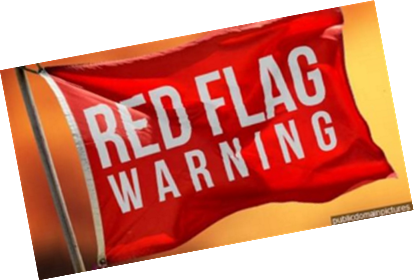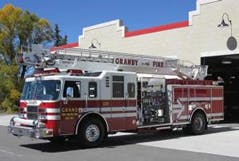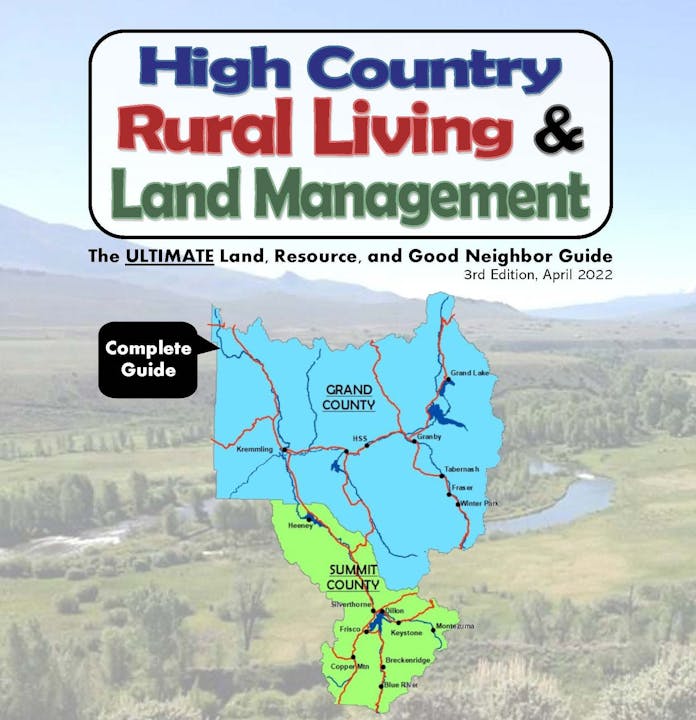Fire Restrictions
Fire Restrictions
Fire restrictions can originate from many places. Federal agencies can impose restrictions on the public lands they manage; states can impose restrictions on state-managed land; and counties and cities may impose bans on the private lands within their borders.

Before starting a fire or lighting, smoking materials:
- Check your area’s current fire danger/restriction status to make sure conditions are safe and allow for an open flame. Also check for any “RED FLAG” warnings (see section below).
- Never burn in high winds or leave a fire unattended.
- Do not make excessively large fires because they can quickly get out of control
- Recreational fires/campfires should be no more than three feet in diameter and two feet in height.
- Campfires should be surrounded by a metal ring and be located ten feet away from any potential combustibles.
- Only burn firewood and nothing else.
- Keep a shovel, extinguisher, and water nearby to quickly subdue a fire should it get out of control.
- Completely extinguish your fire by sufficiently dousing and covering with dirt before leaving the campsite. It should be COLD!
- Always dispose of smoking materials where they cannot be a source of ignition.
- Never discard a cigarette or other smoking material on the ground or throw it out a car window.
Stages of Fire Restrictions
Information on fire restrictions and bans can change rapidly. Call your fire department or county’s dispatch center to check on the current fire restrictions in effect. See white box below about Red Flag Warnings.

Stage 1
The first stage of restrictions occurs when there is an increasing fire danger and/or an increasing preparedness level, and the risks of keeping the forest open to all activities begins to be outweighed by the risks inherent in doing so. Stage 1 imposes relatively minor restrictions aimed at preventing the start of wildfires based on human activities that are known to be high risk, specifically smoking and campfires.
Stage 2
As the risks increase, officials may choose to move to Stage 2. This stage intensifies the restrictions from Stage 1 by focusing on activities that, although normally managed under permit or contract, have a relatively high risk of causing a fire start. Restrictions under Stage 2 will affect forest users and will have economic impacts to contractors, permittees, and others. Therefore, the decision to move to Stage 2 will involve a risk/benefit assessment, as well as consideration of economic and social impacts.
Stage 3
Stage 3 is a closure. This stage is selected when there are very high risks and the ability to manage those risks using Stage 1 or 2 restrictions is no longer viable. The social, economic, and political impacts of implementing a closure at this point are outweighed by the benefits associated with virtually eliminating the potential for human caused fire starts.
Grand County Fire Restrictions & Stage Infographics: bewildfireready.org/fire-restrictions/ or www.gcemergency.com
Summit County Fire Restrictions: summitcountyco.gov/1220/Fire-Restrictions

Red Flag Warning
In addition to not burning during active Fire Restrictions, care should be taken on days with “Red Flag Warnings”. Red Flag Warnings occur when weather and fuel conditions could result in extreme fire behavior. If possible, fires should be avoided on these days.
Check for Red Flag Warnings here: https://www.weather.gov/bou/ (updated daily by the National Weather Service)
Backyard Campfires in Summit County
Under a fire-code amendment adopted by the Summit County Commissioners and each of the town councils, a permit is REQUIRED for all recreational (a.k.a. “backyard”) campfires in Summit County. This includes campfires on private lands.

Residents of the Summit Fire & EMS response area (Copper, Dillon, Frisco, Keystone, Montezuma, Summit Cove, Silverthorne, Wildernest/Mesa Cortina and the lower Blue Valley) may apply for a permit from Summit Fire & EMS.
Residents of the Red, White & Blue Fire Protection District, which includes all areas south of Farmer’s Korner, including Breckenridge and Blue River may apply for a permit with Red, White & Blue Fire.
References:
- Middle Park Conservation District. https://www.middleparkcd.com
- Grand County Wildfire Council. Fire Restrictions. https://bewildfireready.org/fire-restrictions/
- Upper Colorado River Interagency Fire and Aviation Management Unit. Explanation of Fire Restrictions. https://gacc.nifc.gov/rmcc/dispatch_centers/r2gjc/fireinfo_restrictions/Explanation_of_Fire_Restrictions.pdf
- Summit County Wildfire Council. https://summitcountyco.gov/907/Wildfire-Council


